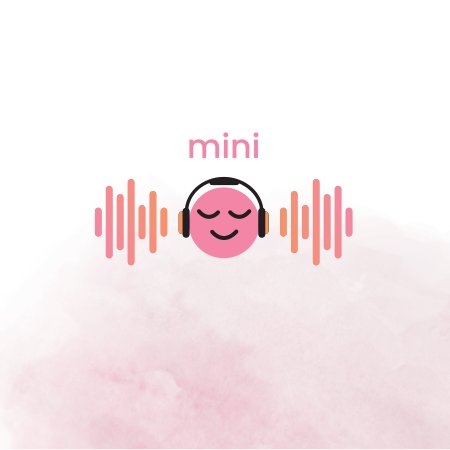How to Build Emotional Literacy

Building emotional literacy is important at a time when intense emotions may arise more frequently. Offering ways to name, regulate, and manage our emotions inside the classroom will help students cope with challenging feelings at home as well. When naming our emotions becomes more available to us, it becomes easier to react in a productive manner. Reacting well involves self-control, which allows us to choose how we respond to an emotional stimulus (TeensHealth, 2021).
Make sure that students are comfortable with the names of the eight basic emotions: joy, sadness, trust, disgust, fear, anger, surprise, and anticipation. Once they can identify emotions, (and, depending on the age group, the relative intensity of the emotions), the class can move forward as a team with mutual trust and understanding. The younger the students, the simpler the discussion should be: “I feel sad” (Tavenner, 2020). Remind students that emotions have a purpose. If they are experiencing a strong emotion like sadness, they may feel heavy or listless. If a student seems withdrawn, detached, or is even crying, remind them that it is okay to feel that way. Offer support through listening, mindfulness activities, or offering a break.
How to Help Students Regulate Emotions
Guiding students as they navigate their emotional literacy skills is beneficial to the child as well as the class as a whole. As students participate in mindfulness techniques and develop their emotional management, teachers will see a decrease in burnout and an increase in self-compassion. (Flook et al., 2013). Consider these strategies while helping students regulate their emotions (Rolston & Lloyd-Richardson, n.d.):
- Make sure that students understand and are able to name their feelings
- Use mindfulness exercises to keep the class grounded and to help reset after transition times
- Build in time for physical activity to release pent-up anxieties
- Encourage freeform or structured drawing

What Teachers Can Do for Themselves
Self-care is an important aspect of emotional literacy. We as teachers also have to practice emotional self-care in order to reset after challenging or even rewarding teaching experiences (Rolston & Lloyd-Richardson, n.d.). Some ways to incorporate self-care into your routine include:
- Using the beginning of class to authentically check in with yourself and your students
- Journaling or simply getting your thoughts on paper to help free up your mind and relieve you of cyclical thoughts
- Taking mental breaks when you need them and incorporating deep breathing and body scans.

How Parents Can Help
Emotional literacy happens in and out of school. To foster emotional literacy at home, parents and caregivers can incorporate the following strategies:
- Have dinner discussions with your child about their school life. Ask them about their friends and relationships at school, and find out what matters to them.
- Foster self-esteem in your child by giving them age-appropriate responsibilities,offering encouragement, and showing appreciation (Edutopia, 2001).
- Take advantage of support systems at school or within your greater community. It takes a village to raise a child! (Edutopia, 2001)
Like any new skill, emotional literacy skills come with practice. When we work on our ability to recognize, name, and manage our emotions, it becomes easier for teachers and students to communicate and express themselves in healthy and productive ways.
References
Edutopia. (2001, February 22) Social and emotional learning: Strategies for parents. George Lucas Educational Foundation. https://www.edutopia.org/social-emotional-learning-parent-resources
Flook, L., Goldberg, S. B., Pinger, L., Bonus, K. & Davidson, R. J. (2013). Mindfulness for teachers: A pilot study to assess effects on stress, burnout, and teaching efficacy. Mind, Brain, and Education, 7(3), 182–195. https://doi.org/10.1111/mbe.12026
Karimova, H. (2021, May 20). The emotion wheel: What it is and how to use it. Positive Psychology. https://positivepsychology.com/emotion-wheel/
Rolston, A. & Lloyd-Richardson, E. (n.d.). What is emotion regulation and how do we do it? Cornell Research Program on Self-Injury and Recovery. http://selfinjury.bctr.cornell.edu/perch/resources/what-is-emotion-regulationsinfo-brief.pdf
Tavenner, J. (2020). What’s the commotion about emotions? Journal of Social and Emotional Learning, 1(7), 12–13. https://www.crslearn.org/publication/supporting-you-in-times-of-change/whats-the-commotion-about-emotions/
TeensHealth. (2021). Managing your emotional reactions. Nemours. https://kidshealth.org/en/teens/emotional-reactions.html




